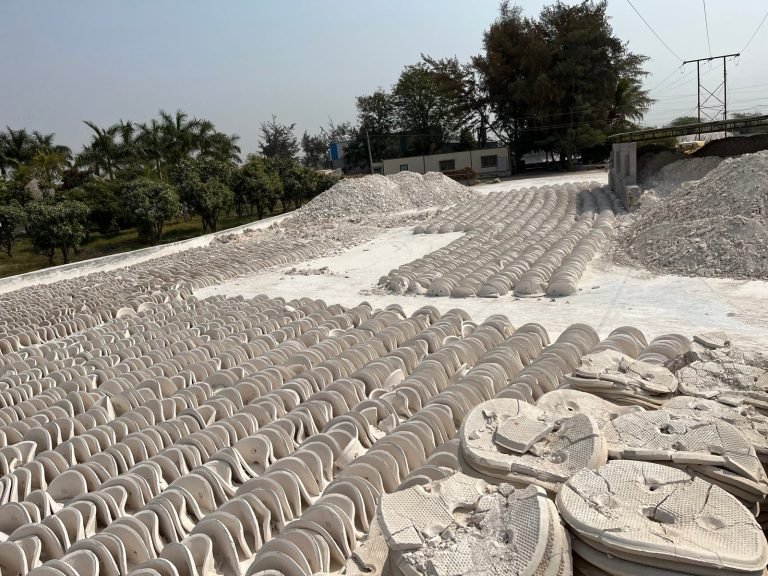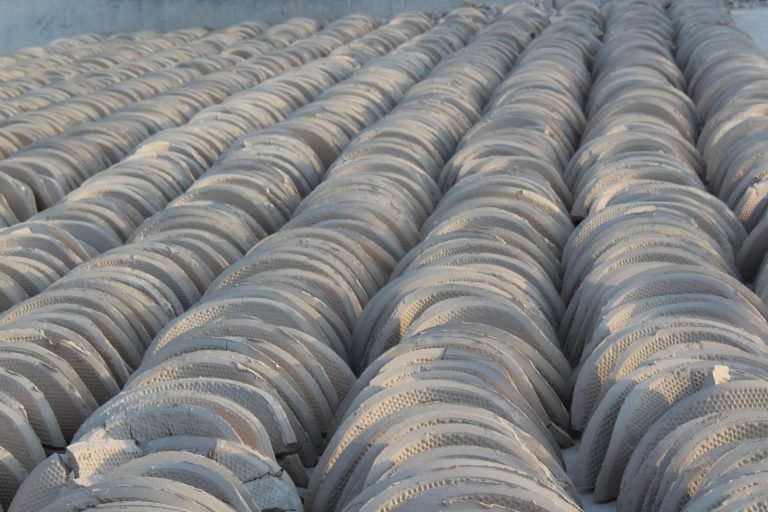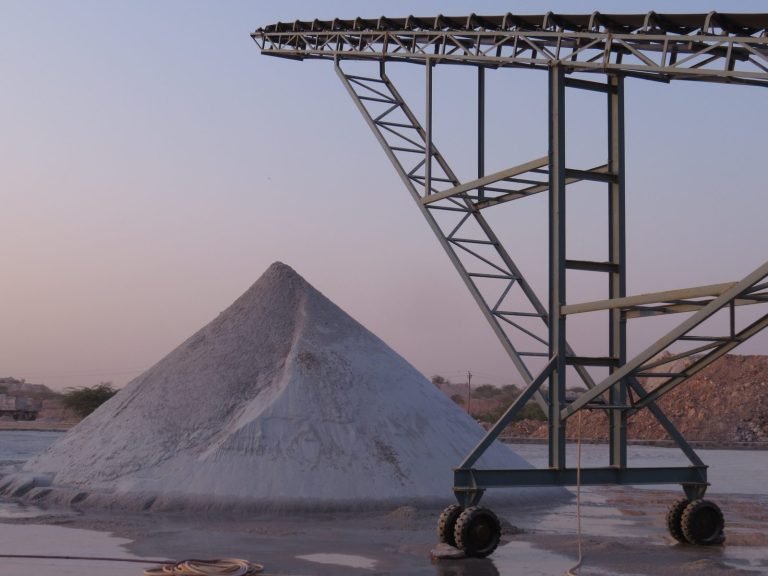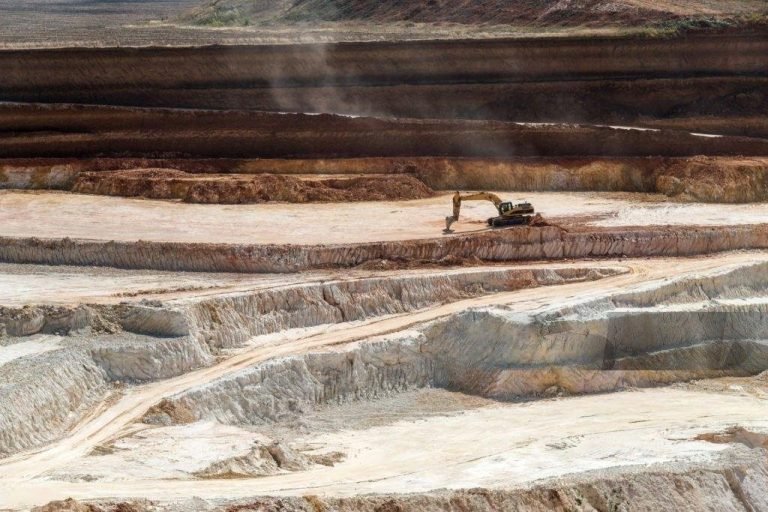
Kaolin Clay: Unlocking Opportunities in the Egyptian Market with Puresil India
Egypt, a land of ancient civilization and modern industry, offers…

Egypt, a land of ancient civilization and modern industry, offers…

Kaolin clay, also known as china clay, is one of the…

The growing demand for renewable energy has placed solar technology…

1. Composition and Formation Kaolin Clay Ball Clay 2. Plasticity…